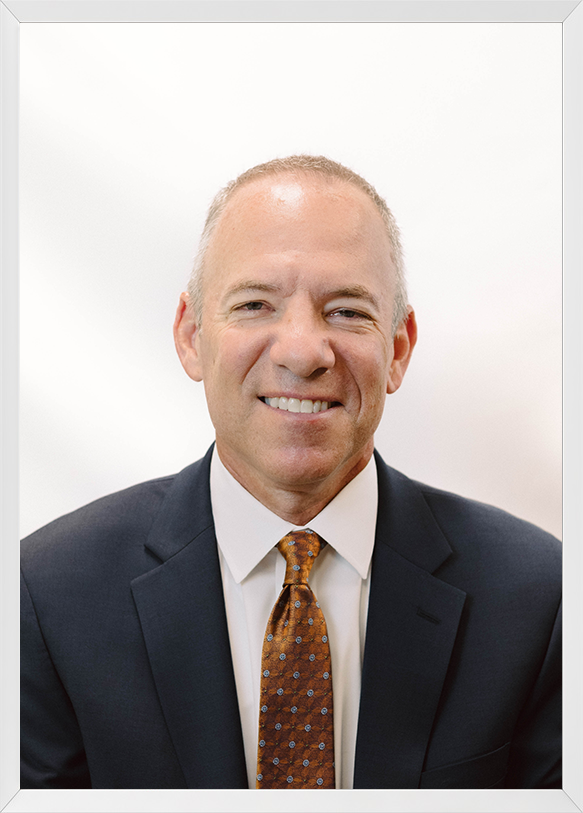With the opening of the first Amazon Go Grocery store in Seattle a few weeks ago, along with the company’s plans for a new supermarket chain, industry expert Bill Bishop of Brick Meets Click believes that “Amazon’s ultimate goal for grocery is to be the dominant provider in many of the most affluent market areas.”
Bishop points out in a Supermarket News story published earlier this month that Amazon is developing a multi-pronged grocery store strategy to serve different kinds of shopping trips.
“Amazon is now test-driving three physical stores that serve a range of customer needs for food, beverages and household goods: Amazon Go, Amazon Go Grocery, and a yet-to-be-named supermarket chain that opens its first store later this year in Southern California,” Bishop said.
Bishop noted that by fielding several concepts, Amazon can target defined areas within a market to reach customers living or working nearby without encountering overlap. For example, the company’s largest grocery stores could be strategically located in the best available sites, with Amazon Go Grocery stores in between to address under-served areas. Amazon Go stores could fill market gaps with a focus on convenience in more densely populated areas.
“If Amazon follows this strategy, it will be well-positioned to serve all the in-store and online grocery shopping needs of virtually all of its customers living in a larger market area,” Bishop said.
And speaking of that new Amazon Go Grocery store in Seattle, the 10,400 square foot store includes the Amazon Go “Just Walk Out” technology. It’s a small-format supermarket offering fresh meat and produce, ready-to-go meals and traditional groceries, with the same cashier-less check-out as the smaller Amazon Go stores.
Amazon Go Grocery “is not a bigger Amazon Go Store, it’s a separate format,” said Amazon’s Vice President of Physical Retail Dilip Kumar, echoing Bishop’s comments. “Customers shop in many different ways, in many different locations. Sometimes you want it to be delivered, sometimes you go to the store, sometimes you go to Whole Foods. Our job is to be able to figure out how to add value.”
